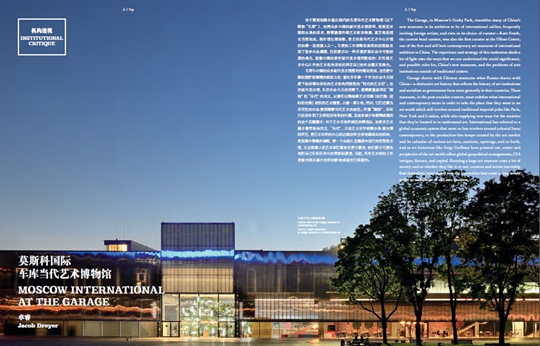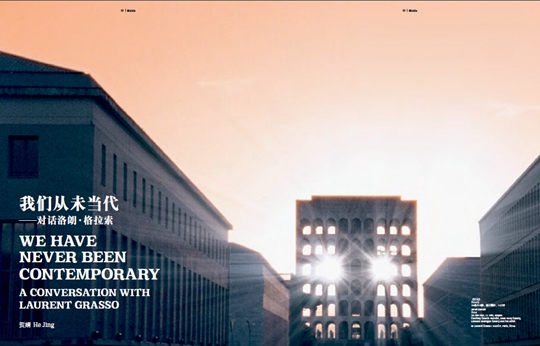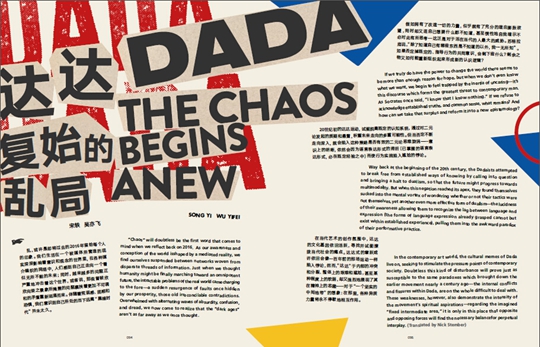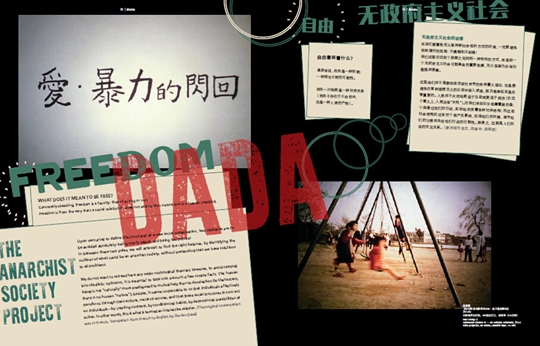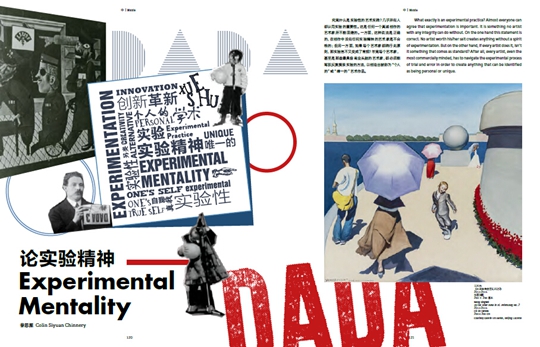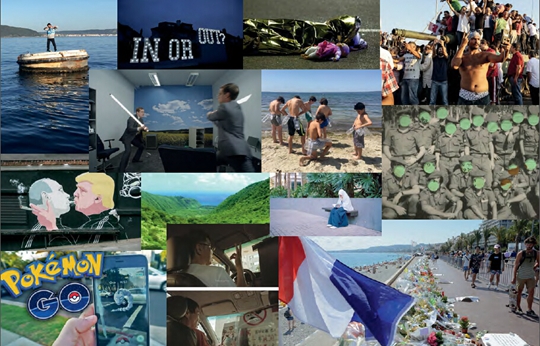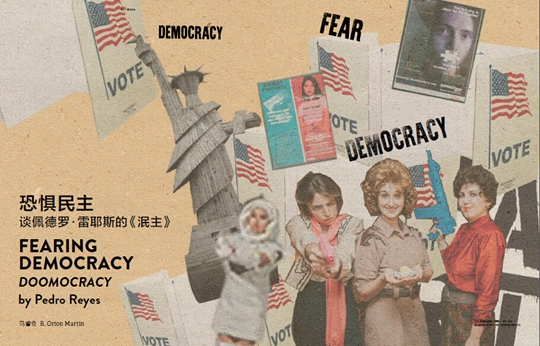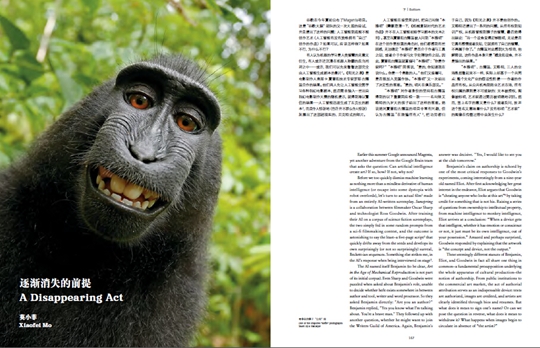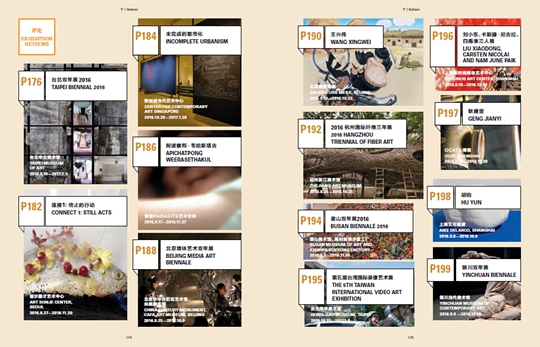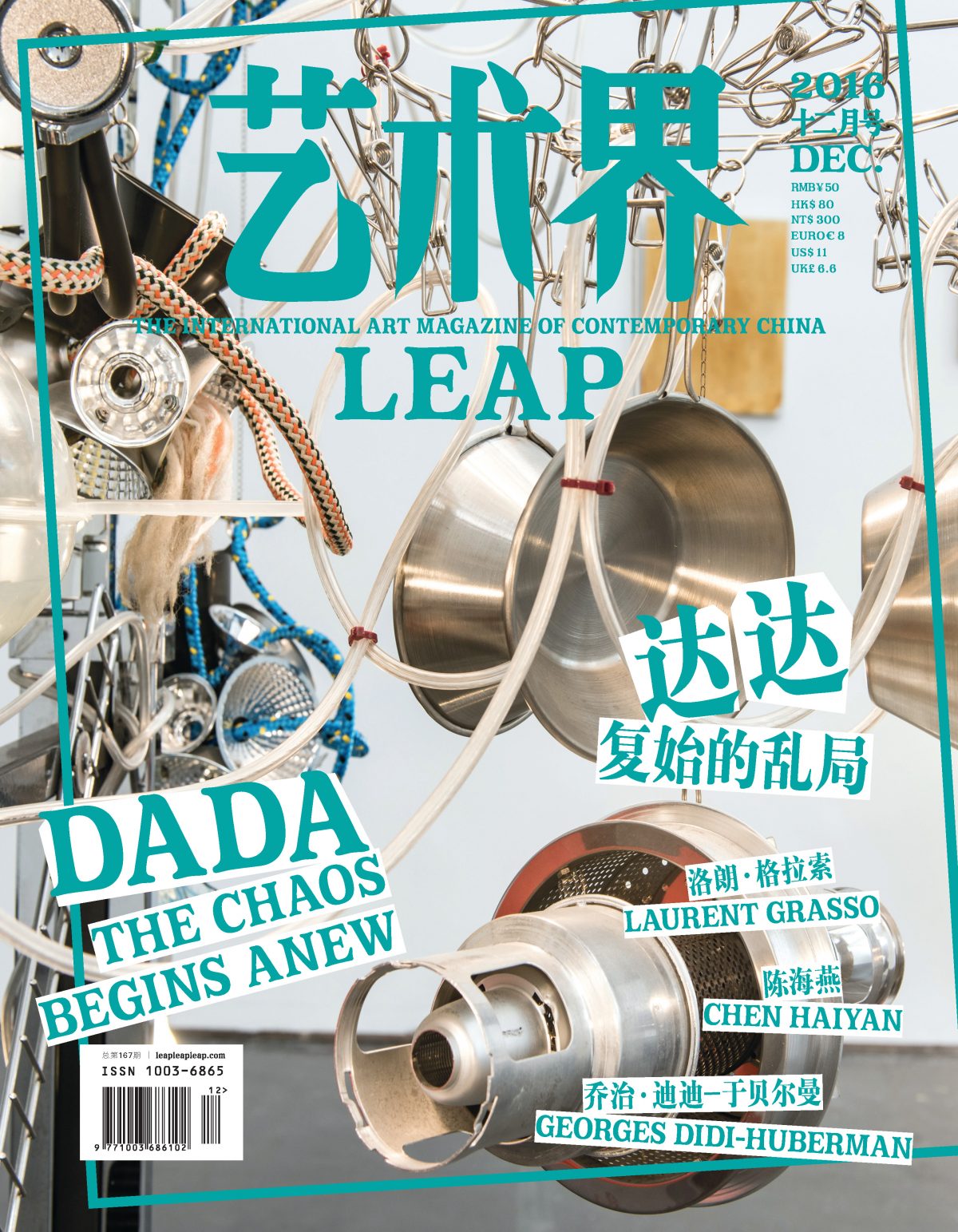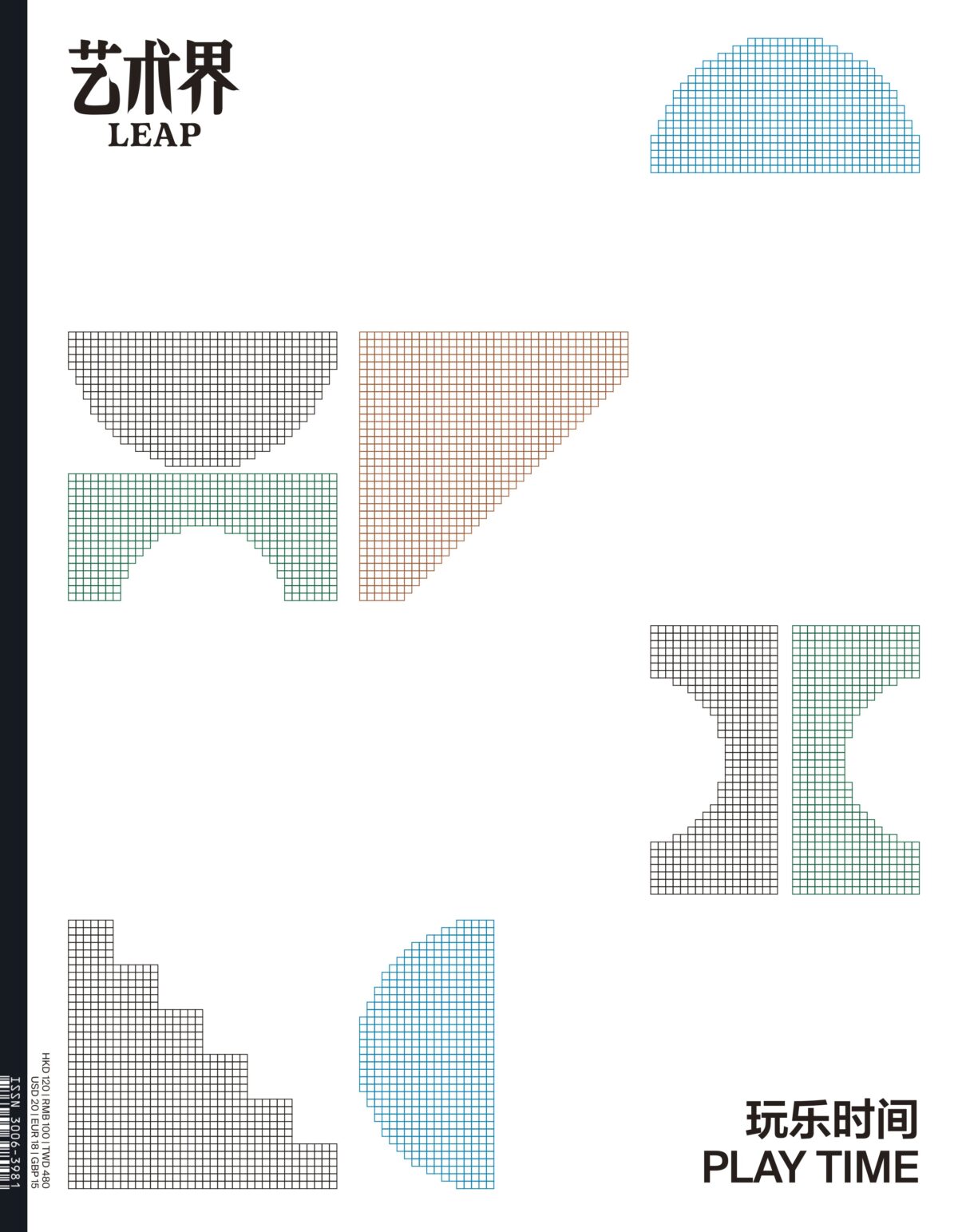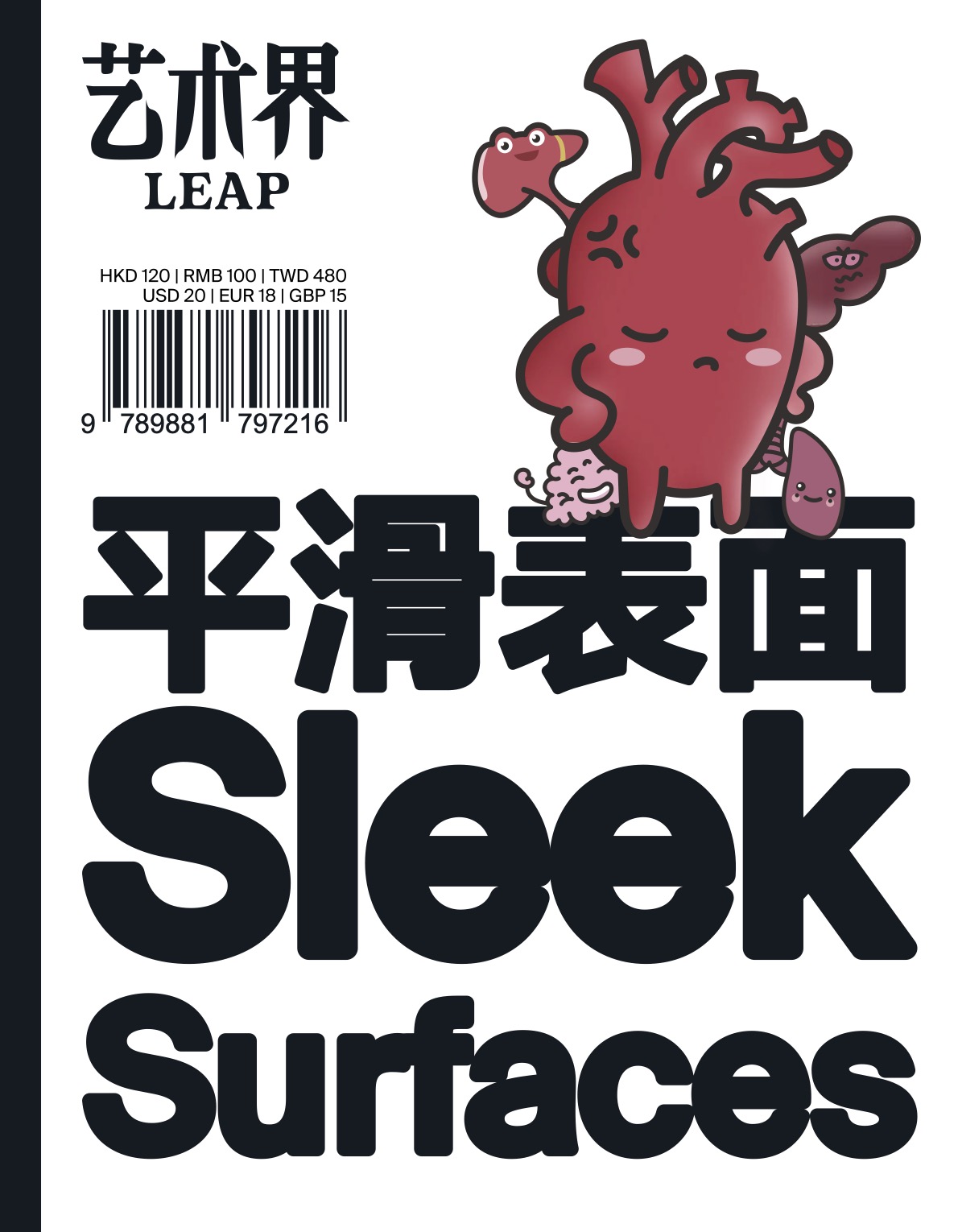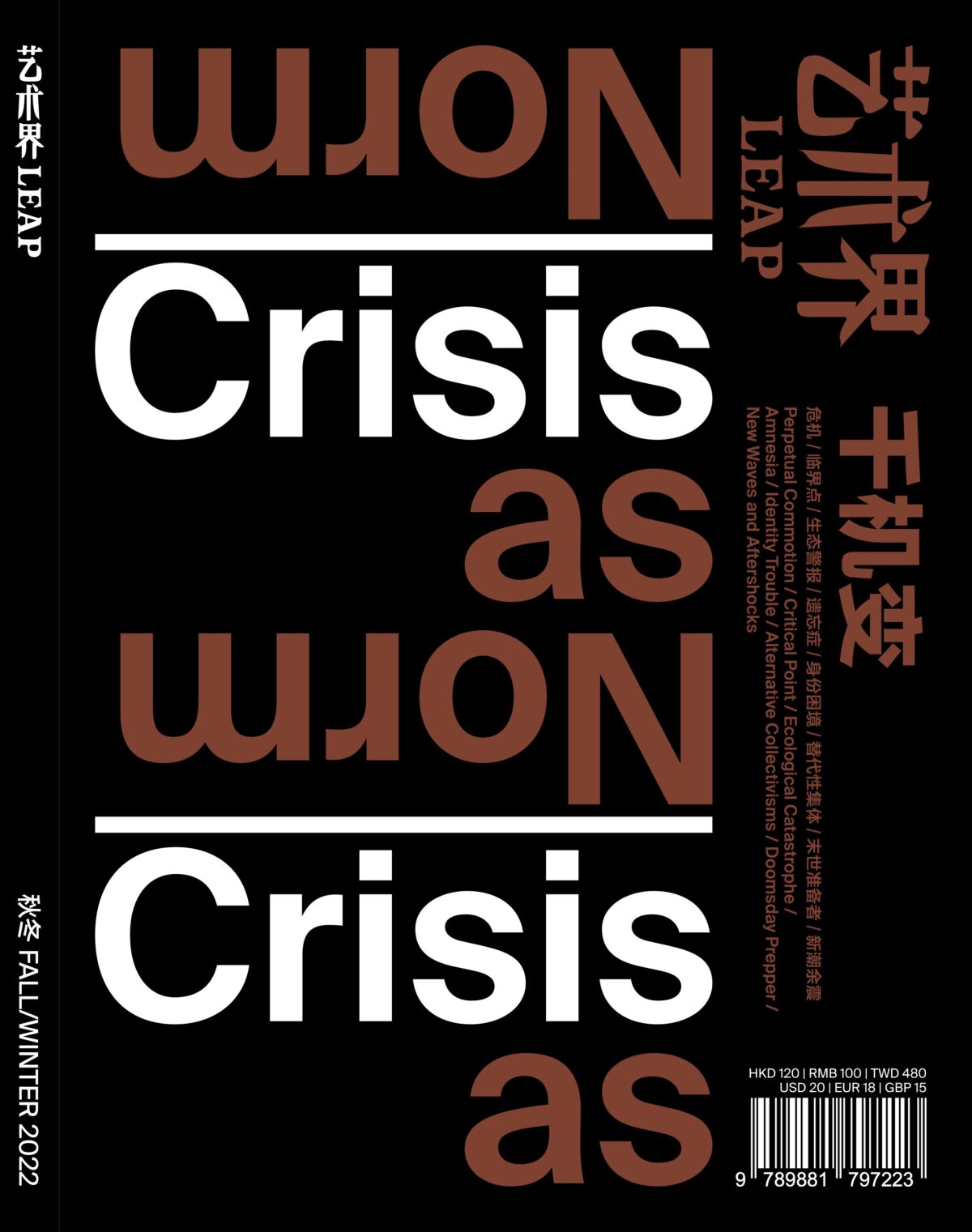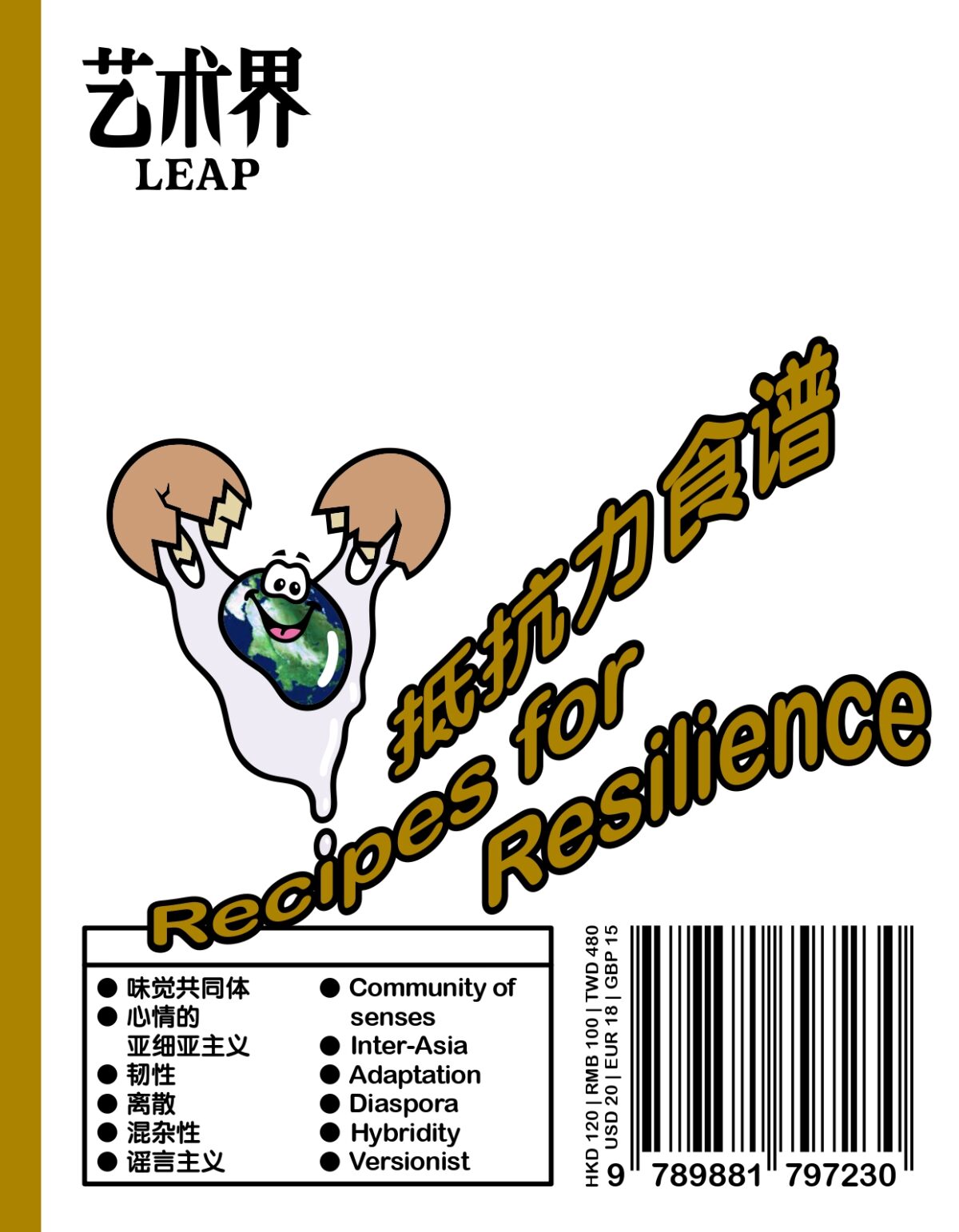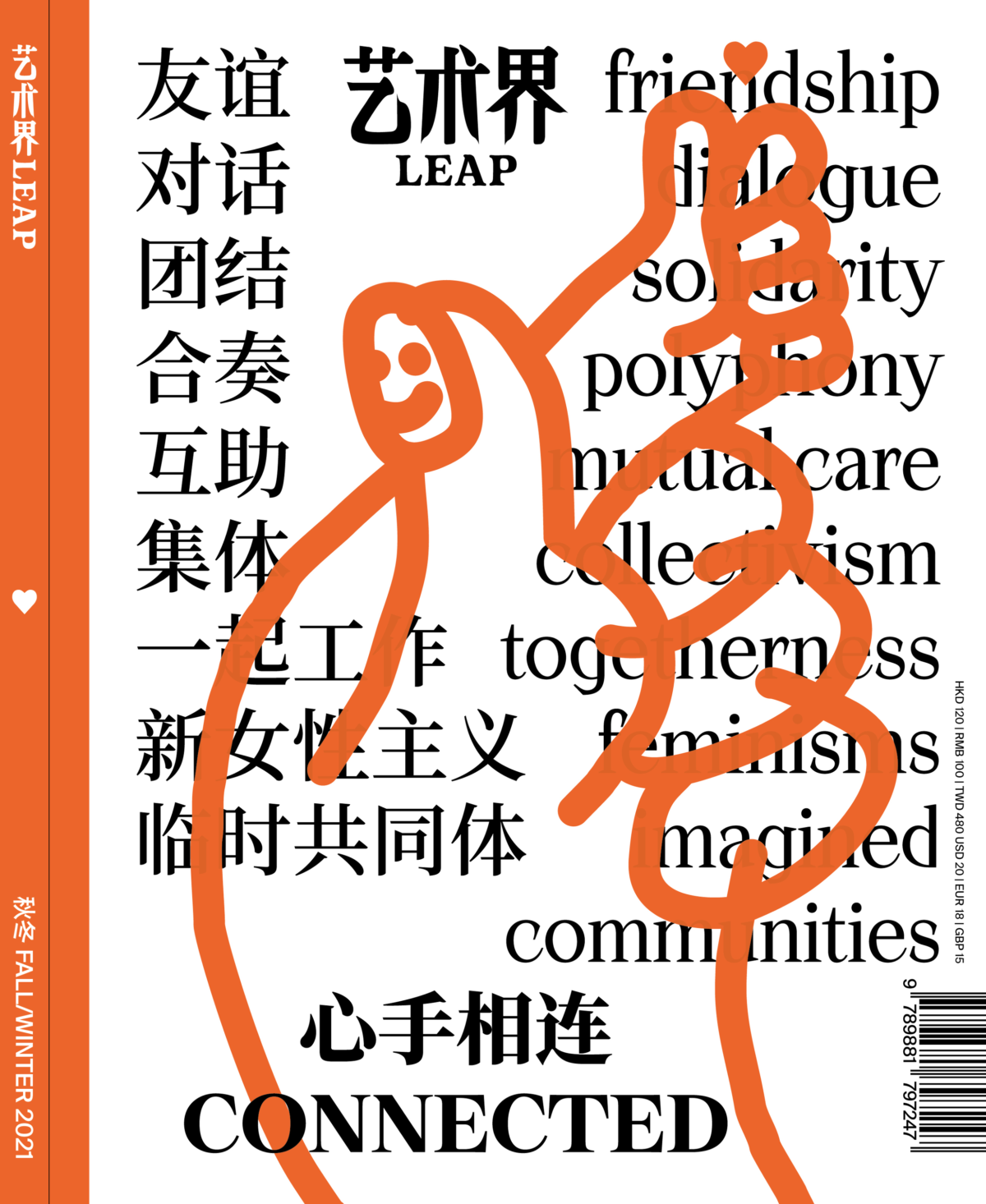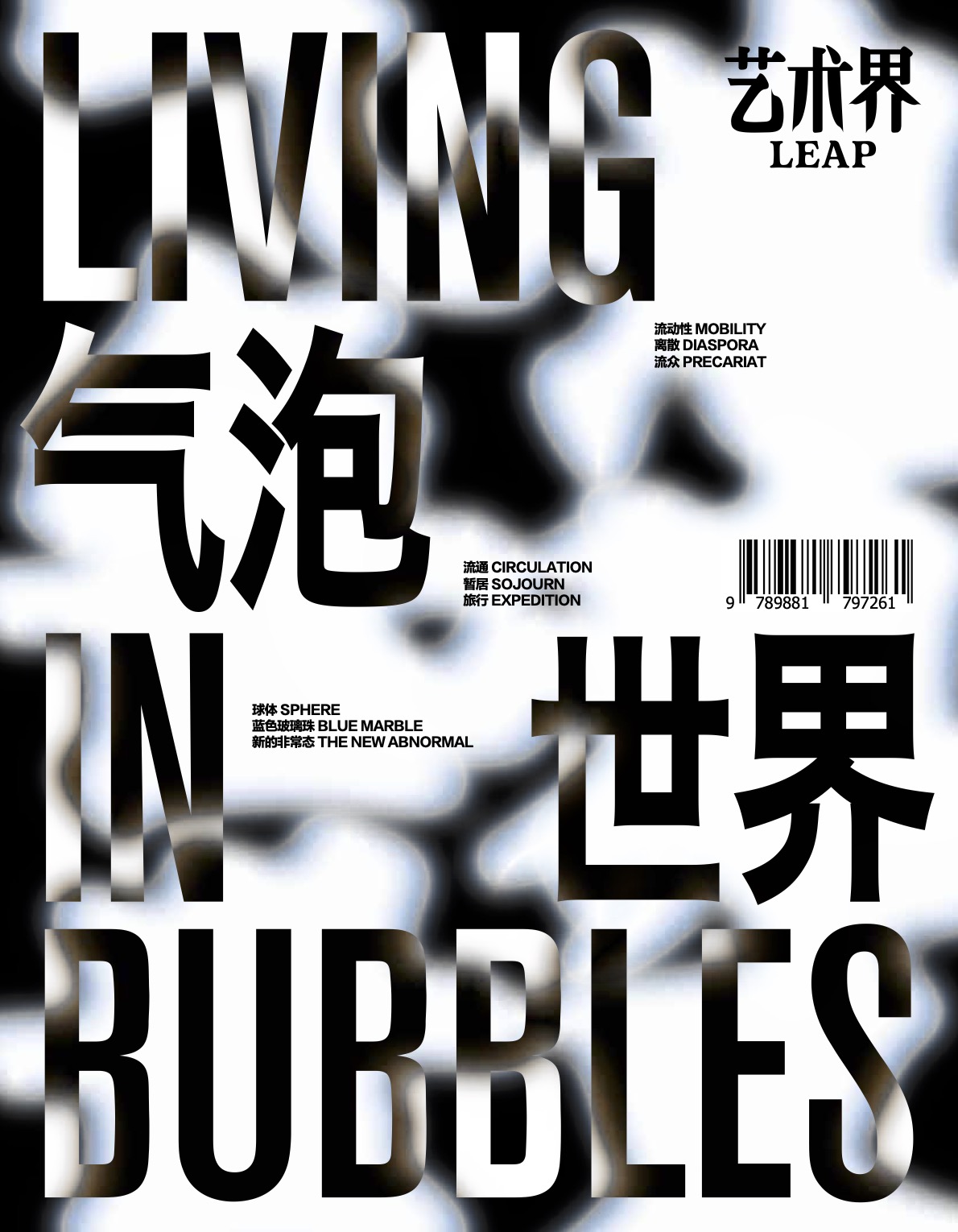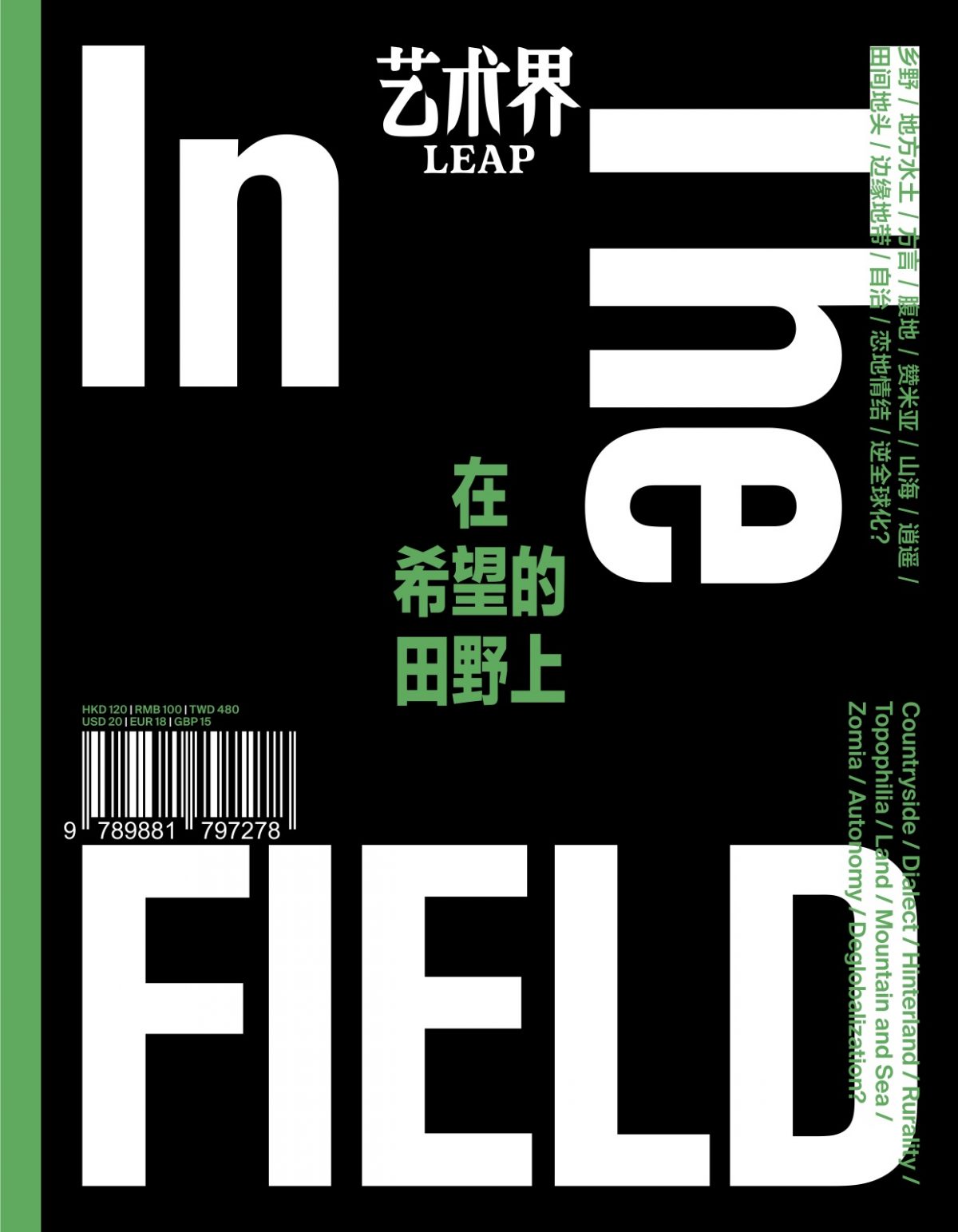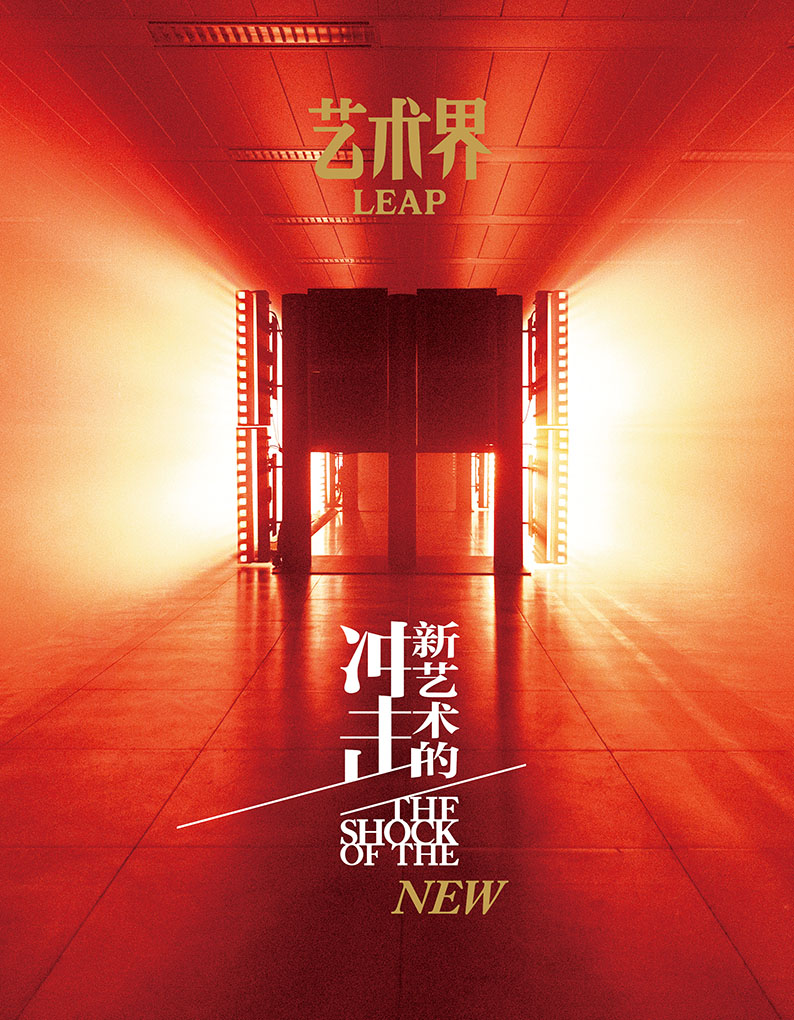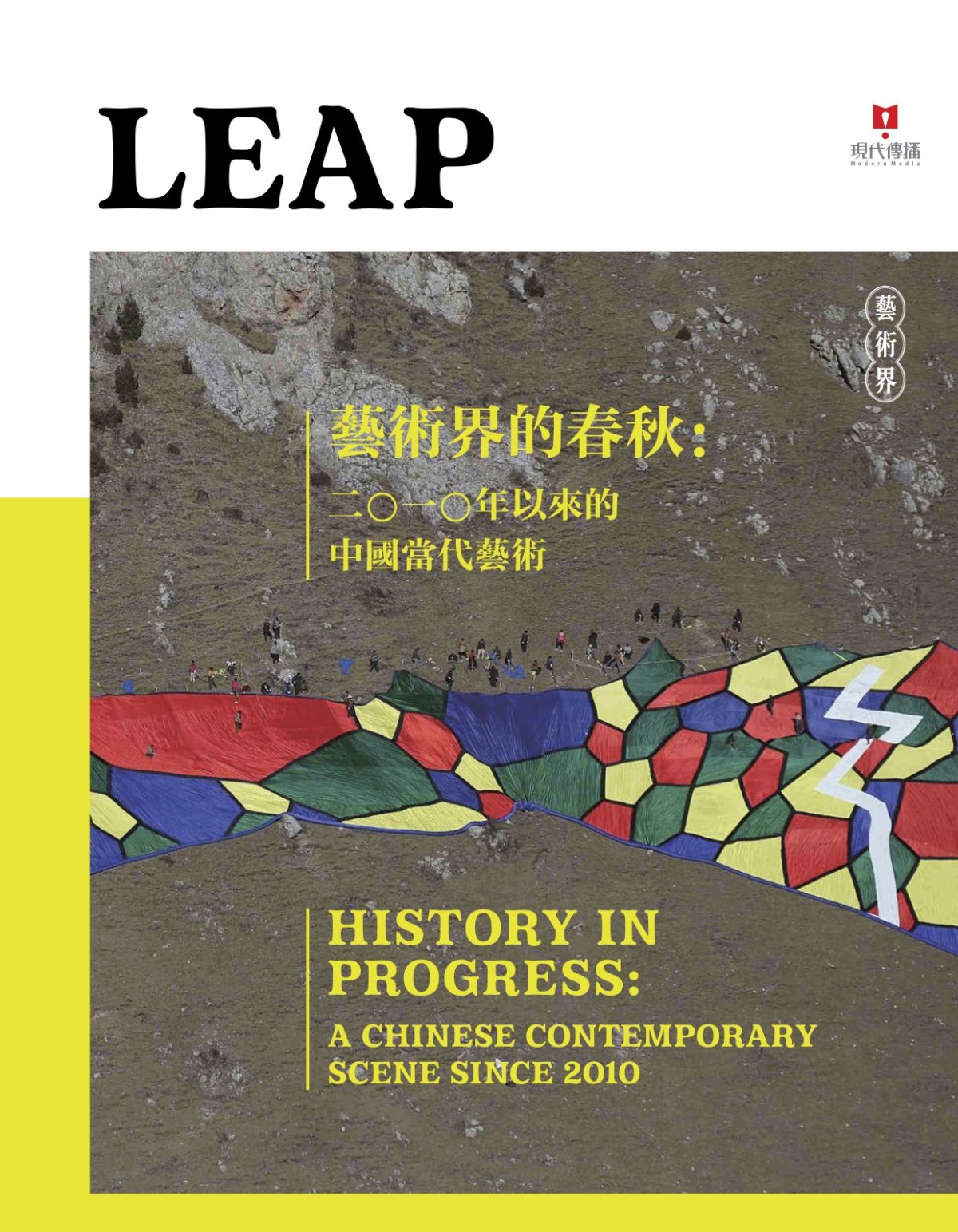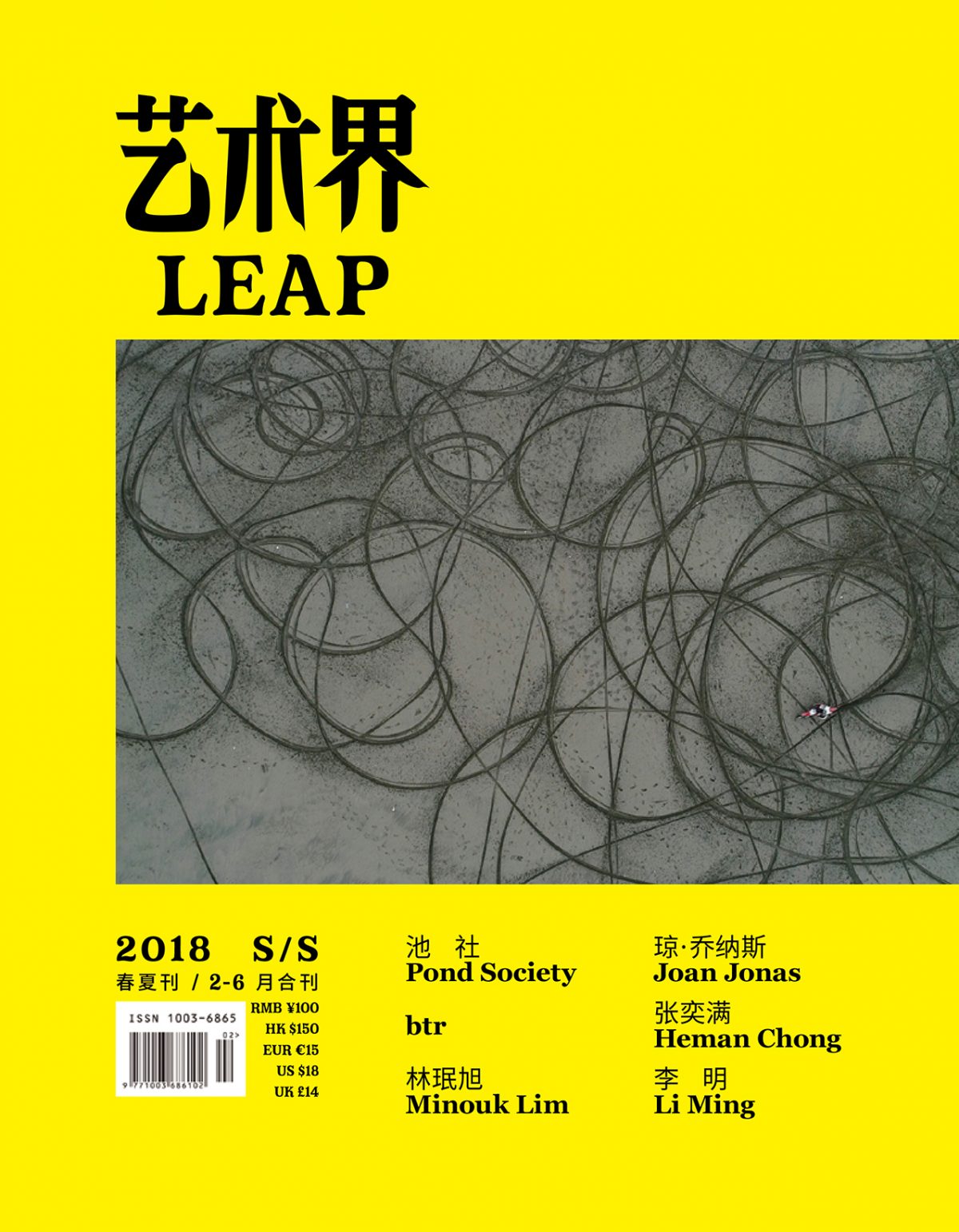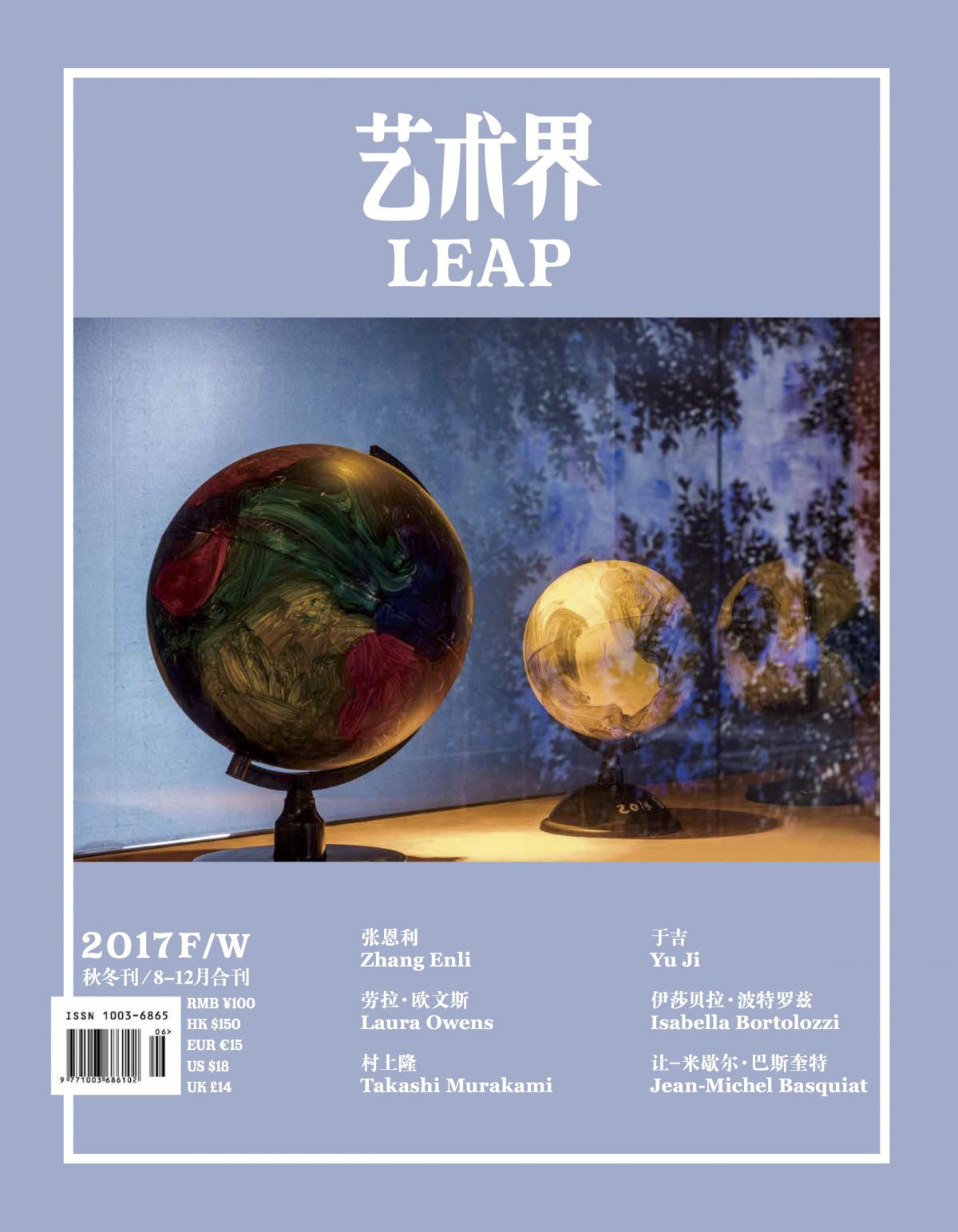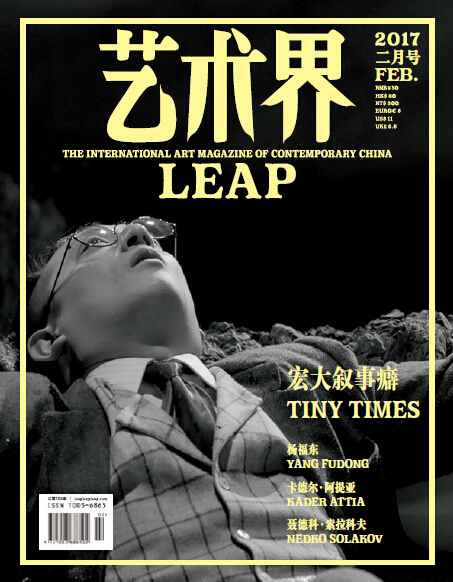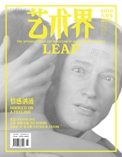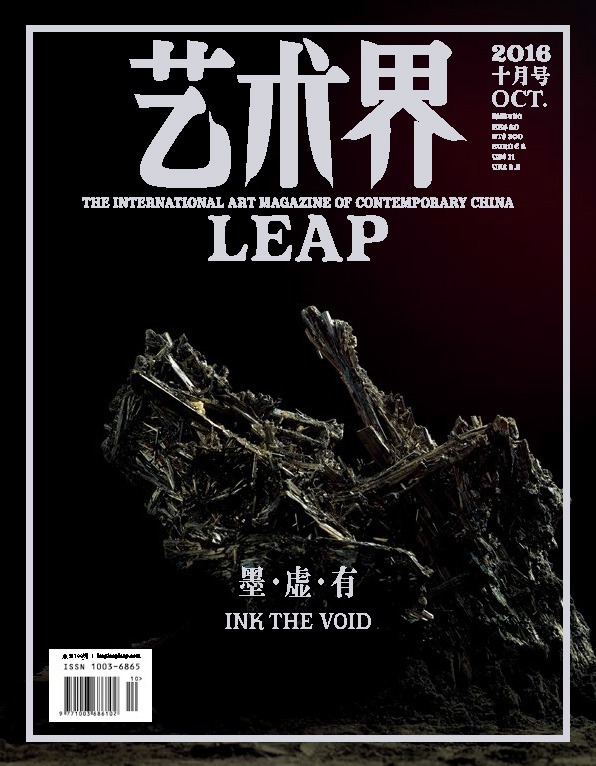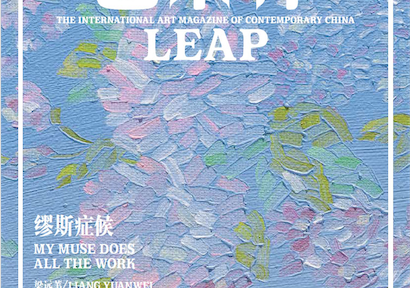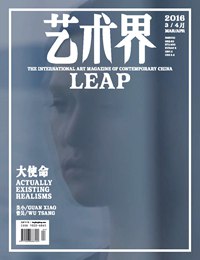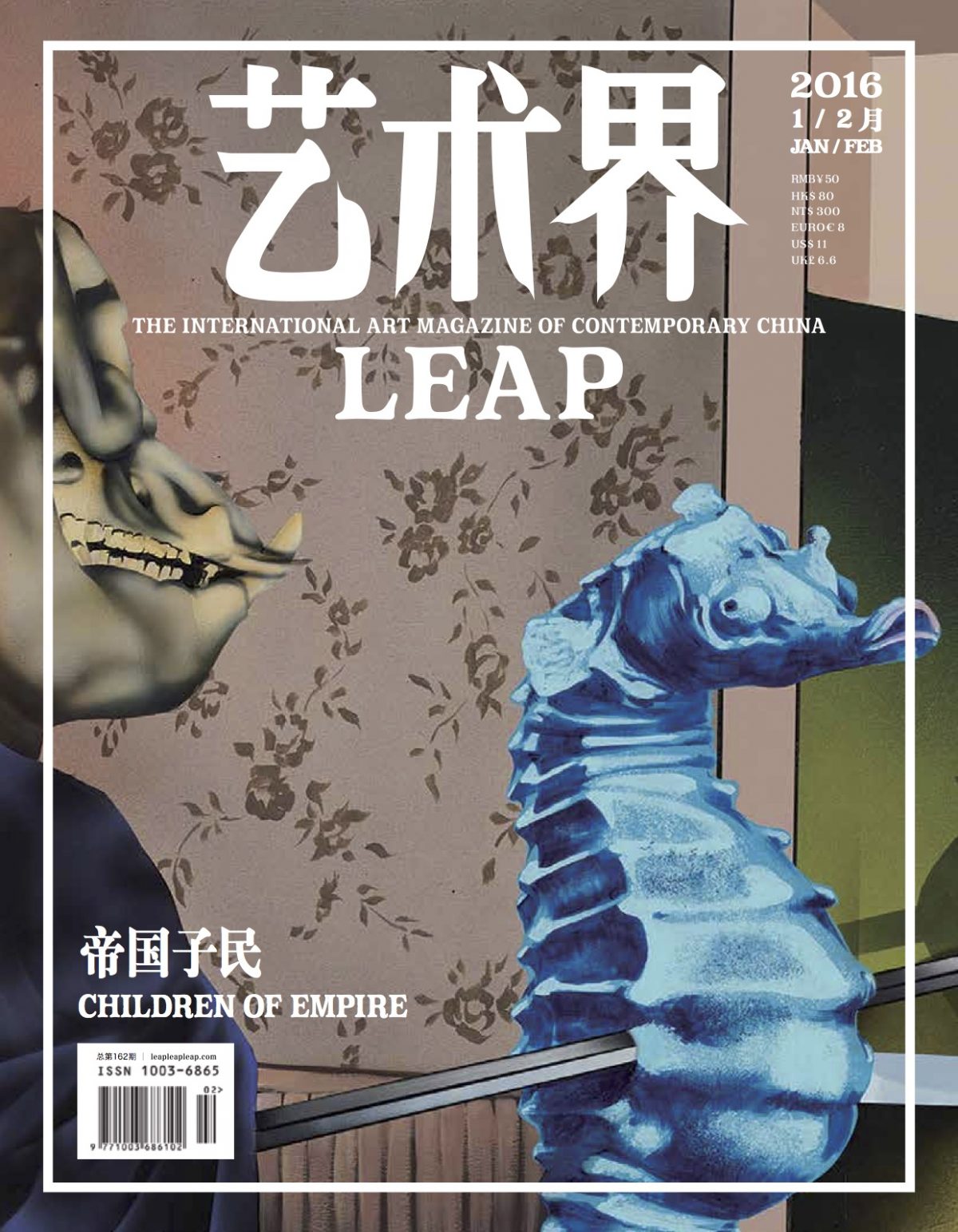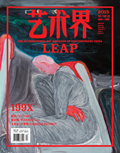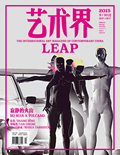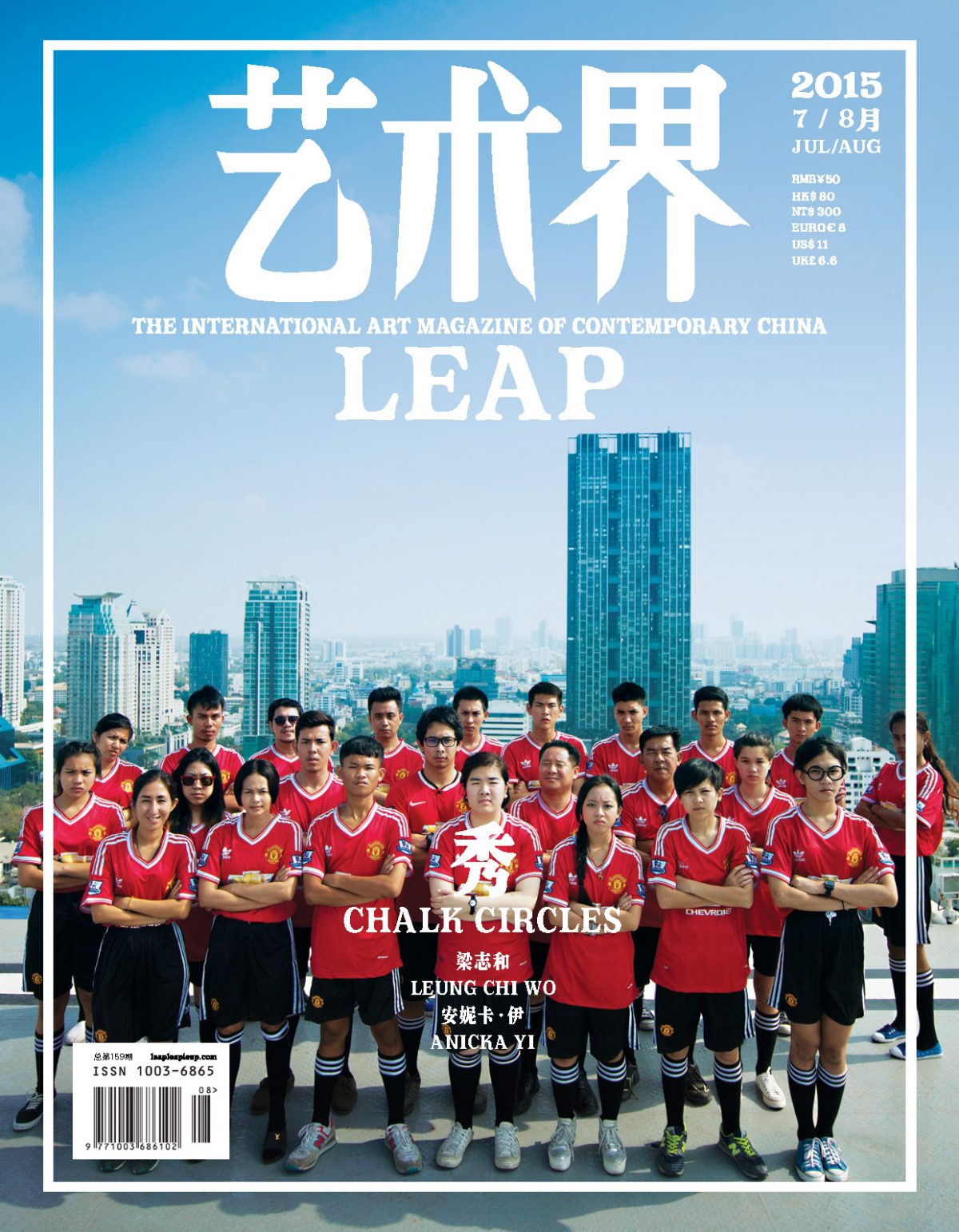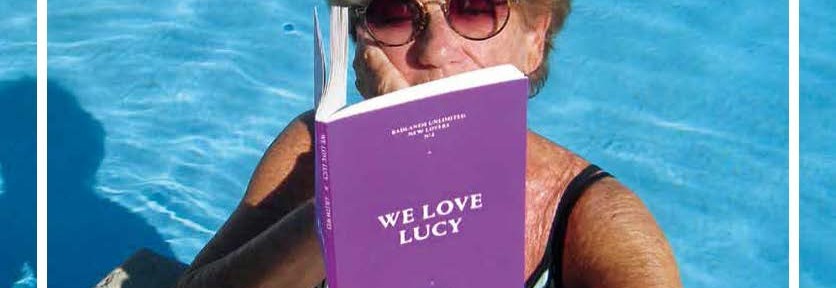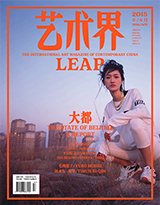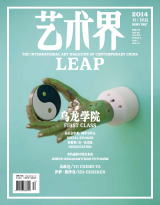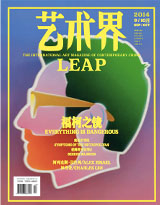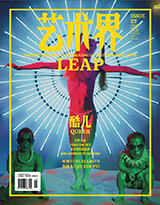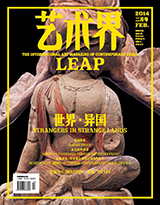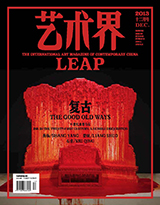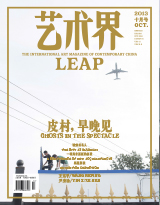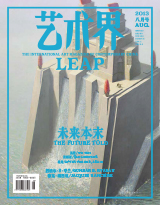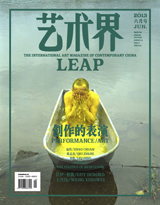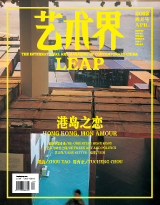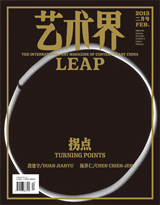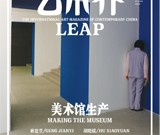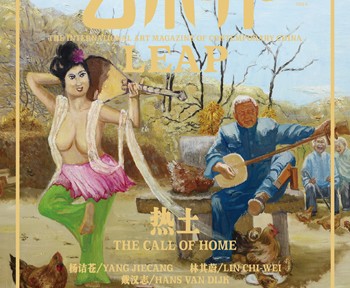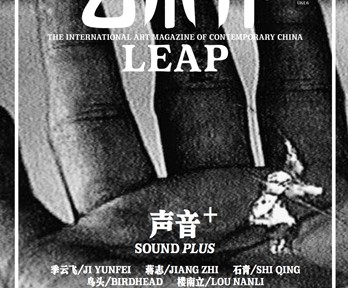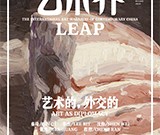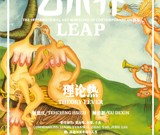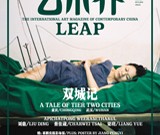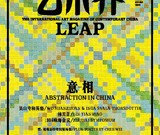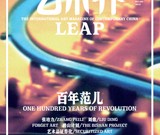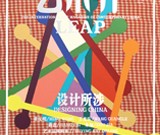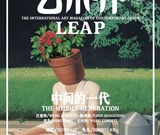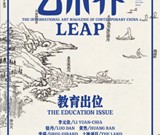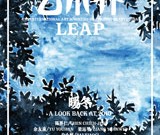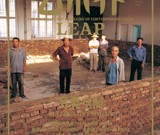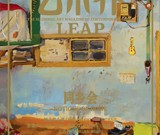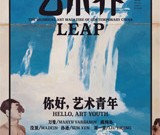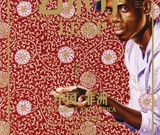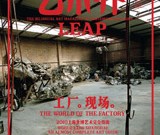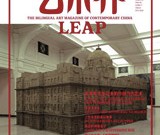Our last issue of LEAP in 2016 is dedicated to Dada’s Hundredth Year, in which we attempt to view the world today through the perspective of historical retrospection. Among the noise that arose from the chaos, ambiguity, and revolution that cut through all of the 20th Century, we can still find traces of the founding manifesto by the original Dadaists. Today, we live in a world where manifestoes have nearly disappeared, where people silently post comments, click “like,” or repost without emotion amongst the clutter of events, information, and images that crisscross and overlap to the point where, as envisioned by Dadaist aesthetics, nothing remains worthy of being loudly orated or declared. After a hundred years, the stubborn order that the original Dadaists wished so much to shatter have not scattered into sparks of democracy. Instead, along with capitalism’s blossoming all over the world, they have become debris in the new chaos. Democracy has taken shape in the means of debate favored by Dadaists; it can support any argument, just as easily as it does the exact opposite argument (Badiou). If art continues to create form for a world devoid of order, is it yet necessary to bestow meaning upon said form? Are Dadaist comments of Dadaism still possible? Do Bauhaus’s imaginations as an overarching philosophy still make sense? Do the dreams of “uprising” come from the “indestructible nature of desire?” To revisit the “experimental mentality,” how do we live with this world? Do all of today’s unceasing arguments stand up to scrivener Bartleby’s line “I’d rather not…”?
The columns in this issue’s top section feature a variety of content ranging from architecture, institutional critique, book review, to specially commissioned visual projects. “Conference Room” discusses the recent symposium at Columbia University’s Graduate School of Architecture, Planning and Preservation (GSAPP), titled “The Museum Boom in China.” In China, the meaning and potential of the museum is being actively challenged, presenting the possibility of a new, non-Western paradigm, one which is both distinctly Chinese and truly global in character. “Yet Unknown Monuments” looks at the artist Li Juchuan’s video work from an architectural perspective. In Li’s practice, most of his works exist in the form of video—this tool has replaced the quintessential tool for architectural production, but is not the only possible alternative. “Exhibition Making” zeroes in on the recent exhibition of Felix Gonzales-Torres at Shanghai’s Rockbund Art Museum. Lastly, we have commissioned two special projects on paper, from the artists Teng Chao-Ming, and Zhu Jianlin.
This issue’s artist profile section features an in-depth conversation with the artist Laurent Grasso, who views his practice as a tool to understand the world, to ask certain questions and seek answers. He often relies on historical and scientific documentary investigations in order to switch to a fictional angle, which nonetheless remains rooted in the realm of possibility. We also probe into the artist Chen Haiyan’s dreamland, who has been creating woodcuts to record her dreams since the 1980s. From an outsider’s perspective, it looks like a 30-year dream that has gone on entirely uninterrupted: the artist suspended in perpetual fantasy, as though life itself were fading away, retreating into her personal dreamland, her own private nook, a place where words stand in for pictures.
The theory piece in this issue’s bottom section discusses the complexity of artists’ intellectual property in today’s technological environment. The section also features 13 exhibition reviews, including Taipei Biennial, Beijing Media Art Biennale, Busan Biennale, and a series of important solo exhibitions around the world.
TOP
020
In Defence of the Chinese Museum Boom: A Postscript of the GSAPP Symposium
Christina Badal
027
Game of Will
Teng Chao-Ming
036
Li Juchuan: Mapping in Fragments
Zhang Shan
040
The Boundaries of the Rockbund Art Museum and the Appearance of Felix Gonzalez-Torres
Yuan Jiawei
044
Moscow International: At the Garage
Jacob Dreyer
048
Histories, Practices, Interventions: A Reader in Singapore Contemporary Art
Bharti Lalwani
052
Achievement
Zhu Jianlin
060
BULLETIN BOARD
064
SPECIAL REPORT
070
CROSSOVER
MIDDLE
74
WE HAVE NEVER BEEN CONTEMPORARY A CONVERSATION WITH LAURENT GRASSO
He Jing
84
DREAM JOURNAL CHEN HAIYAN
Xian Chen
FEATURE
94
DADA, THE CHAOS BEGINS ANEW
Song Yi, Wu Yifei
96
DADA COMMENTARY ON DADA
Song Yi
104
THE BAUHAUS PARADOX: SCHLEMMER’S MANIFESTO
Zhou Shiyan
114
HOW TO BE ANTI-WAR WHEN WAR IS INVISIBLE?
Paolo Pedercini
120
EXPERIMENTAL MENTALITY
Colin Siyuan Chinnery
130
PORTFOLIO
138
FEARING DEMOCRACY
R. Orion Martin
146
LANDSCAPE OF RESPIRATION
Wang Zigeng
150
UPRISINGS
Georges Didi-Huberman
BOTTOM
REVIEWS
166
A Disappearing Act
Xiaofei Mo
176
Gestures and Archives of the Present, Genealogies of the Future, A New Lexicon for the Biennial
Simon Frank
179
Confused Identification, Rethinking the Taipei Biennial
Zian Chen
182
Connect 1: Still Acts
Jung-Ah Woo
184
Incomplete Urbanism:Attempts of Critical Spatial Practice
Jason Wee
186
Apichatpong Weerasethakul: The Serenity of Madness
Wu Mo
188
Ethics of Technology: Beijing Media Art Biennale
Han Xinyi
190
Wang Xingwei: Honor and Disgrace
Li Jia
192
Weaving & We: 2016 Hangzhou Triennial of Fiber Art
Zhang Wei
194
Busan Biennale 2016: Hybridizing Earth, Discussing Multitude
Wu Jianru
195
Negative Horizon: The 5th Taiwan International Video Art Exhibition
Zian Chen
196
Datumsoria: Liu Xiaodong, Carsten Nicolaiand and Nam June Paik
Guo Chang
197
Geng Jianyi: Stubborn Image
Han Jian
198
Hu Yun: Narration Sickness
Arthur Solway
199
Yinchuan Biennial: For an Image, Faster Than Light
Song Yi
LAST PAGE
200
Zhang Ruyi:Building Opposite Building
Zhang Yuan

